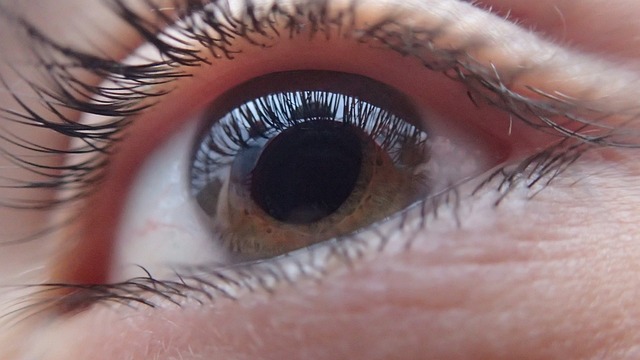
Researchers at Tel Aviv University (TAU) made a new breakthrough by identifying a new genetic risk factor for the complex eye disease AMD (Age-related Macular Degeneration), a leading cause of loss of eyesight at an advanced age. The researchers identified proteins that play a key role in the development and functioning of the tissue affected by the disease, found their exact sites in the genome, and discovered the connection between variations in these genomic regions and the risk for AMD.
The researchers said that their new discovery enhances the understanding of the previously unknown function of genomic regions outside the genes and that the method they applied “may enable the deciphering of additional genetic mechanisms involved in various complex genetic diseases.”
The Mayo Clinic explains dry macular degeneration is a common eye disorder among people over 50. It causes blurred or reduced central vision due to the breaking down of the inner layers of the macula (MAK-u-luh). The macula is the part of the retina that gives the eye clear vision in the direct line of sight.
Will you offer us a hand? Every gift, regardless of size, fuels our future.
Your critical contribution enables us to maintain our independence from shareholders or wealthy owners, allowing us to keep up reporting without bias. It means we can continue to make Jewish Business News available to everyone.
You can support us for as little as $1 via PayPal at office@jewishbusinessnews.com.
Thank you.
Dry macular degeneration, says the clinic, may start in one eye before developing in the other eye. It also may develop in both eyes at the same time. Over time, vision may worsen and affect the ability to do things, such as read, drive and recognize faces. But having dry macular degeneration doesn’t mean you’ll lose all your sight. Vision loss is typically central, and people retain their peripheral vision. Some people have only mild central vision loss. In others, it can be more severe.
The TAU study was led by Prof. Ruth Ashery-Padan and Prof. Ran Elkon and their research teams, Mazal Cohen Gulkar, Naama Mesika, Ahuvit David, and May Eshel, from the Department of Human Molecular Genetics and Biochemistry at the Sackler Faculty of Medicine and the Sagol School of Neuroscience at Tel Aviv University. The paper was published in PLOS Biology.
Prof. Ashery-Padan explained that one of the greater challenges in genetic research today is decoding the genetic mechanisms of complex diseases caused by a combination of several different genetic and environmental factors (rather than an identifiable defect in a single gene).
“Diabetes, bowel diseases, and various mental illnesses are just a few examples,” she added. “In our study we chose to focus on AMD, which causes degeneration of the central retina – a major cause of loss of vision at an advanced age in developed countries.”
Prof. Elkon said “AMD has a significant genetic component. Studies comparing the genomes of people with and without AMD (as well as a range of other complex genetic diseases) have found differences in several genomic regions, probably associated with risk factors for the disease. However, these differences were not detected in any specific gene, but rather in the extensive regions that stretch between the genes, whose functions and modes of operation are still largely unknown.”
Elkon added that comparative studies have identified whole genomic regions that are “probably related to the disease but were unable to pinpoint any specific feature in these regions and define it as a risk factor. Our study addressed this problem.”
The study focused on the cells of a layer of tissue called retinal pigmented epithelium (RPE), which supports photoreceptors in the retina, and is essential for their initial development as well as their survival throughout an individual’s lifetime. According to the researchers, this tissue is affected right from the earliest stages of AMD.
Prof. Ashery-Padan sumed up the study saying, “In our study we identified two proteins related to risk factors for the complex genetic eye disease AMD. In addition, for the first time, we were able to map the exact genomic sites of these proteins and found that they operate in a region previously identified as related to risk factors for AMD. Our findings provide new insight into a previously unsolved issue: the functions and mode of operation of genomic sequences located outside the genes, and how they are involved in complex genetic diseases. We believe that our novel research methodology will enable the identification and mapping of many other genetic mechanisms related to AMD and other complex genetic diseases.”



